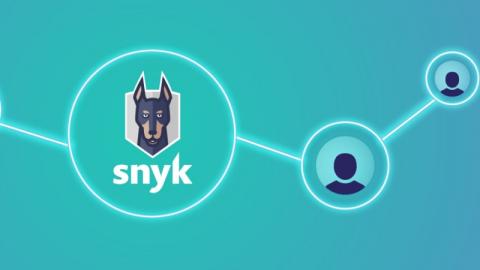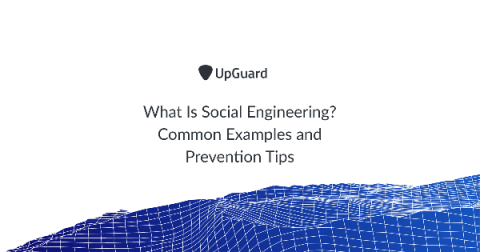Open Banking Opportunities to Retain and Delight Existing Customers
The banking landscape is changing. The days of walled garden banking where customers can’t see or access information from all their financial institutions in one place are coming to a close. For banks, and the entire financial services industry, open banking isn’t a threat but a customer service opportunity. Instead of putting barriers between customers and their financial information at other institutions, banks can offer value-added insights across accounts and institutions.











